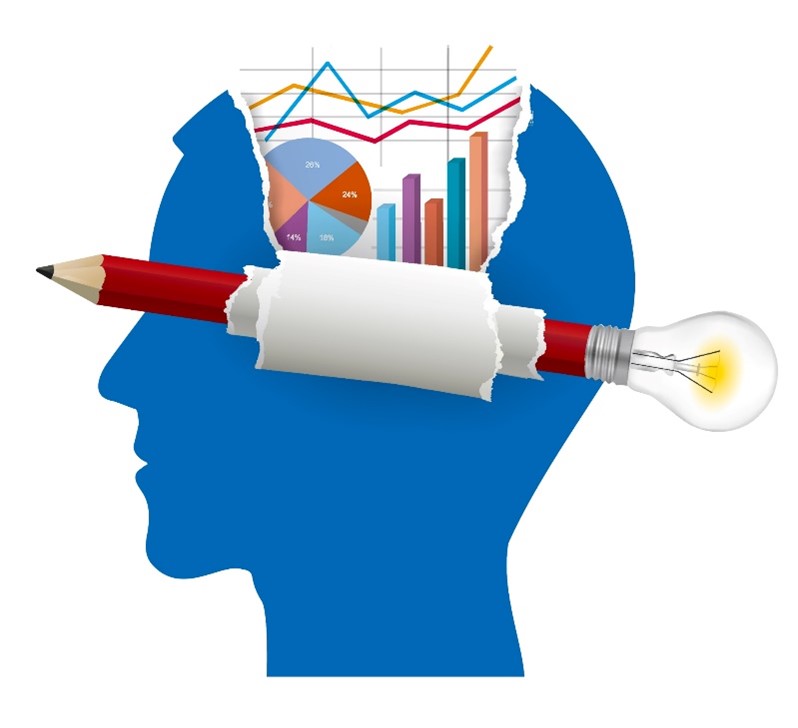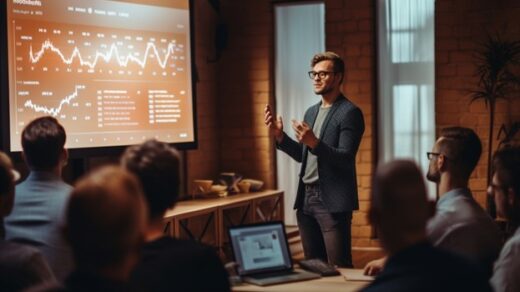
Since most economists failed to predict the 2007-2008 financial crisis (i.e., the worst one since the 1930s), people would be forgiven for thinking experts aren’t fantastic at crisis prediction. In fact, Richard Bookstaber in The End of Theory, went as far as saying traditional working methods aren’t up to the task of predicting crises. He may be right, but that doesn’t mean the approaches aren’t useful for determining future trends and smaller fluctuations.
Chris Nicak explains that industry participants use various indicators and resources to determine how the market will shift within a predetermined period.
Economic Forecasting Models
Analysists use four models when forecasting economic trends — casual, qualitative, and examining time series.
In casual models, economists use regression analysis or multiple regression, determining the future by affirming a relationship between data sets gleaned from the near past.
Qualitative methods, however, include cross-referencing macroeconomic data, surveys, and other techniques for the desired result.
Economists who conform to a time series model try to figure out growth by identifying trends and confirming moving averages.
Sometimes, professionals combine these models to acquire a consensus forecast, which involves a myriad of professionals working on different sections until they bring their findings together.
Economic Forecasting Techniques
Like models, forecasting techniques come in several forms, including:
- Consumer behavior — Here, economists seek to outline demand and supply levels, changing patterns/trends of consumer choices, consumer confidence, consumption levels, demographic trends, and purchasing power. This is particularly useful for resource and production planning, alongside designing marketing strategies.
- Financial market — Stock and asset prices, exchange rate changes, and bond yields ensure financial institutions/banks design investment portfolios with maximum ROIs yet minimal risks.
- Macroeconomic forecast — Economists look at GDP growth, inflation rates, and job opportunity expansions so central banks can make strategic decisions.
- Industry/sector forecasting — They evaluate/estimate the industry trends and financial condition to boost sales, investment opportunities, and employment within one industry or niche.
- International economic forecasting — Analysists look at the impact of international trade on domestic markets to figure out where it’s headed.
Resources for Economic Predictions
Economists don’t do this alone. Instead, they utilize various publications and resources to ensure acquire as much data as possible for use with the above models and techniques.
These include but aren’t limited to:

Indicative Weekly Data Reports
The Department of Labor releases the Unemployment Insurance Weekly Claims Report each week for economists to analyze whether unemployment filings are rising. If they are, the economy is weakening.
Typically, they’re considered on a four-week moving average basis, but there’s innate bias with this report — contract employees, self-employed individuals, and part-time workers who lose their job aren’t eligible for benefits, and thus, aren’t included.
Indicative Monthly Data Reports
Referred to as “housing starts,” the Department of Housing and Urban Development’s Monthly New Residential Construction report outlines building permits issued, completions, and starts. It’s a leading indicator as construction activity often picks up during the early stages of the business expansion cycle.
The National Association of Realtors also releases the Existing-Home Sales report so economists can establish demand.
Together, these reports allow professionals to confirm he overall health of the housing sector for thorough economic predictions.



